When it comes to app development, there’s no simpler place to start than iOS, so long as you have all the necessary hardware to work with Apple! With the imminent release of the iPhone 13 later this year and the growing amount of rumours surrounding Apple’s plans for innovation, there’s honestly no better time to learn how to make an app with iOS. If you are looking to shape your app development study around Apple’s future, it’s also worth reading up on the potential innovations we may see with Apple’s next flagship: the iPhone 13.

The world’s first portless flagship
There are very loud rumours that Apple may release a ‘portless’ model of their next flagship, removing the lightning port altogether and making the iPhone 13 the first-ever fully portless phone. Whether or not these rumours ring true, it’s certainly not out of character for Apple to be ahead of the curve when it comes to streamlining their devices, with USB-C inputs replacing traditional USB-A and display inputs on all Apple Macs well before other computer manufacturers have taken that same step. Despite this ‘innovation’ being subject to criticism over the past few years, as consumers assert the premature emergence of USB-C normalised purchasing USB-C adapters alongside new computers and essentially costing the consumer significantly more upfront to join the Apple ecosystem, Apple asserts that they took this step for ecological reasons, essentially stating that, if that’s the way of the future, why waste time on halfway designs that are set to cater for periods between eras.
It must be said, however, that one genuine advantage of a portless iPhone is that the actual model may have increased water resistance. One definite con is that data transfers from iPhones to computers can no longer be performed without the use of AirDrop or USB adapters, so transferring data from an iPhone to a non-Apple device may become complicated.
Packing some serious power
Apple has been very vocal about their new ProMotion 120 Hz displays as well as the incorporation of LTPO backplanes to ensure longer-lasting battery life that will aid in supporting these ambitious OLED screens. What does this mean for iOS developers? This may be the perfect time to pay attention to background activity stats related to your app! There may be some opportunities to finetune these stats in the near future.
Alongside this, it’s a fantastic opportunity for mobile game developers to see exactly how far they can take the action presented in their apps! There are in fact some light rumours that the development of the ProMotion display is hinting towards Apple looking into ways they can enter the world of gaming and potentially even make their own foray into PC gaming. As it currently stands, however, there’s little evidence to support this, and it’s likely that the ProMotion displays will be beneficial to Apple users who have signed up for Apple Fitness Plus.
Any improvements on migration?
An age-old question surrounding Apple’s closed ecosystem is whether or not there are any plans to make migrating projects made on Xcode and other Apple development software into Java and Android software an easier feat than it currently is. The answer in short is that there are no proposed changes. Apple’s ecosystem will continue to operate on a tier of exclusivity that iOS developers either hate to love or love to hate.
Some developers and industry professionals, however, still assert that Apple has ambitious plans for the ongoing development of the products within this closed ecosystem. And there is evidence that The Grand Unified Theory of Apple Products is derived from a framework that Apple actually does incorporate into product design. For instance, the evolution of iPad Pros to have functionality that was once only available on Macs and the continuous development of iPhones to have computer level processors too correlates with the theory that Apple products are evolving in harmony with one another, and that all of Apple’s small planned innovations across their products can essentially boost the functionality of all products across the ecosystem, thereby significantly benefiting any consumers whose personal electronics all carry that little Apple logo.
There is some hope that iOS developers may potentially be able to use development software across their Apple devices with ease, and that this may extend to the iPhone 13 having increased functionality for iOS developers in particular.
It’s still early days for news on the iPhone 13, so be sure to keep your eyes and ears peeled! There’s little doubt that consumers and developers alike will spend the rest of 2024 anticipating this exciting new flagship.













